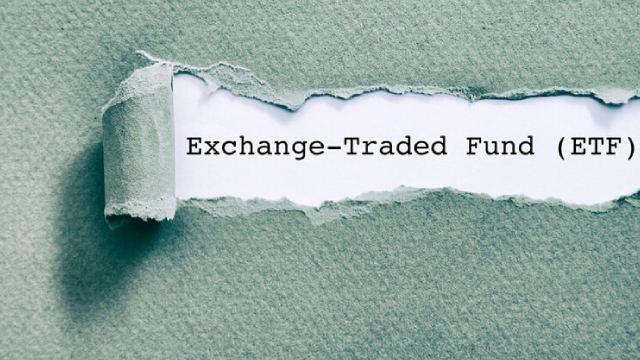President Donald Trump signed an executive order on Monday imposing a 25% tariff on steel and aluminum imports from all countries. The tariffs, set to take effect on March 4, apply without exceptions or exemptions, according to a White House official, as quoted on Yahoo Finance.
“It’s 25% without exceptions or exemptions and that’s all countries, no matter where it comes from,” Trump stated. However, he hinted at potential carveouts, specifically mentioning Australia as a country that could receive special consideration due to its trade surplus with the United States.
Possible Expansion to Canada and Mexico
The new steel and aluminum duties come amid escalating trade tensions with China and could soon extend to Canada and Mexico. Trump suggested that tariffs on these neighboring countries, initially proposed last week at 25%, could take effect on March 4 unless more favorable trade agreements are reached.
Economic Impact and Criticism
This new wave of tariffs is suggestive of Trump’s 2018 actions, when he imposed a 25% tariff on steel and a 10% tariff on aluminum, primarily targeting China. While some nations, such as South Korea and Australia, secured exemptions back then, it remains unclear if similar concessions will be granted this time.
Upcoming Reciprocal Tariffs
Trump has announced plans to introduce reciprocal tariffs later in the week. The goal is to balance global trade by imposing equivalent duties on countries that charge high tariffs on U.S. goods. He also indicated that tariffs on other products, including automobiles, semiconductors, and pharmaceuticals, could be introduced in the coming weeks.
Escalating Trade War with China
These latest tariff decisions follow Trump’s recent imposition of 10% duties on Chinese goods, which prompted retaliatory measures from China. In response, China has placed tariffs on American exports, including liquefied natural gas, crude oil, and agricultural machinery. Despite these tensions, Trump has suggested that further duties could be imposed on China.
ETFs to Gain/Lose on Steel Tariffs
Critics argue that while these tariffs may benefit the domestic steel and aluminum industries, they could weigh on broader economic sectors. Ryan Young, a senior economist at the Competitive Enterprise Institute, noted that Trump’s previous metal tariffs created approximately 1,000 jobs in the steel and aluminum sectors but resulted in the loss of 75,000 jobs in steel- and aluminum-dependent industries, such as automotive manufacturing, construction, and beverages, as quoted on Yahoo Finance.
Steel ETF – Winner
VanEck Steel ETF SLX added 3.4% on Feb. 10, 2025, following the announcement of Trump tariffs. The United States has about 53.14% exposure to the fund, followed by Brazil (15.21%) and Australia (10.91%). The ETF charges 56 bps in fees and yields 3.39% annually.
Construction – Potential Loser
Invesco Building & Construction ETF (PKB – Free Report) may lose over the long term due to higher steel prices as steel is a raw material in the construction industry. The ETF charges 57 bps in fees and yields 0.22% annually.
Beverage – Potential Loser
Invesco Food & Beverage ETF (PBJ – Free Report) may see some pressure as the food and beverage bottling industry may see high-cost pressure. Diageo, Mondel??z International, Coca-Cola, and PepsiCo are some of the companies that may experience pressure.
Financial Market Newsflash
No financial news published today. Check back later.


